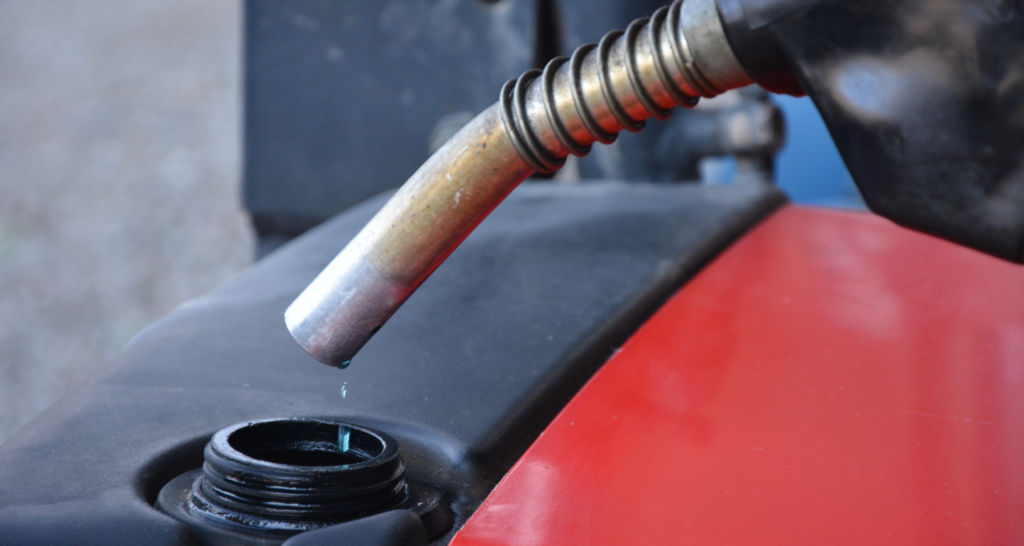How to calculate your winter fuel costs and increase efficiency
23rd January 2023
Farmers looking to calculate their fuel costs this winter and become as fuel efficient as possible can follow a few key tips. Firstly, it’s important to track fuel usage throughout

Farmers looking to calculate their fuel costs this winter and become as fuel efficient as possible can follow a few key tips.
Firstly, it’s important to track fuel usage throughout the winter season. This can be done by keeping a log of how much fuel is used for each task, such as ploughing or running equipment. By keeping a detailed record of fuel usage, you can identify areas where you may be able to make adjustments in order to reduce fuel consumption.
Secondly, you should make sure your equipment is well-maintained. Regular maintenance, such as changing air filters and oil, can help improve the efficiency of equipment and reduce fuel consumption. Additionally, consider if it’s possible to upgrade to newer, more fuel-efficient equipment if your current equipment is outdated or in poor condition.
Thirdly, you may be able to make adjustments to your farming practices in order to reduce fuel consumption. For example, you may choose to stagger planting and harvesting times to reduce the need for equipment use during peak fuel consumption periods. Some farming businesses may also be able to consider using alternative methods of farming, such as no-till farming, which can reduce fuel consumption and improve soil health.
Finally, there may be government programmes and incentives you can take advantage of that are designed to help reduce fuel costs and improve energy efficiency. These programmes may include tax credits, grants, and rebates for equipment upgrades and fuel-efficient farming practices.
By tracking fuel usage, maintaining equipment, adjusting farming practices, and taking advantage of government programmes, you can take steps to reduce fuel costs this winter and become as fuel efficient as possible.


